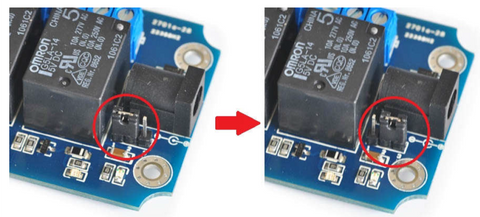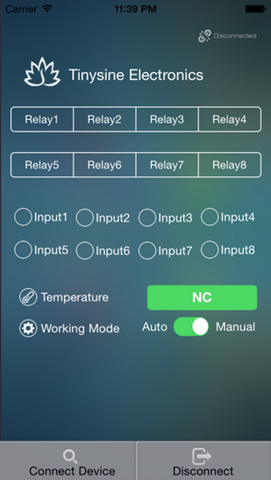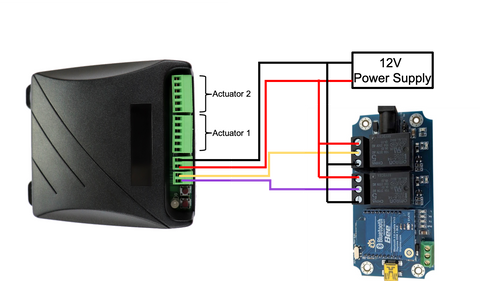Tech Note: We no longer carry these Bluetooth Relays for sale; however this tutorial and wiring concept works for any wireless 2 channel, 12v relay unit, including those that will interface with home automation systems like Alexa or Google Home. These units can be found in a variety of places at various price points (including Amazon).
While Firgelli Automation’s offers a wide range of wireless remote control systems, you may be interested in a more tech-savvy solution. That’s where the Bluetooth relay kit comes in handy. The TOSR02 V2 Bluetooth Relay Kit allows you to control a linear actuator using a smartphone via a Bluetooth connection. This module is easy to use and comes plug-n-play ready. If you are looking for a more unique control system for your next DIY project or are interested in developing your own wireless system, the TOSR02 V2 Bluetooth relay kit is ideal for you. This how to guide will show you how to set up this module and how to control using either an Android or iOS device or a computer.
Setting Up the Bluetooth Relay Module with a Linear Actuator
The Bluetooth relay module contains two single pole double throw (SPDT) relays that are used to connect to the linear actuator. This is done in the same way you would connect a linear actuator to two individual SPDT relays. In this setup, you would connect each lead from the linear actuator to one of the common connectors of the relays (which is the middle terminal on the Bluetooth relay module). You would then connect the positive lead from the power supply to the normally open connector of each relay and the negative lead from the power supply to the normally closed connector of each relay. You can check out our guide on how to control a linear actuator with a relay to learn more about this setup.

The Bluetooth relay module will also need to be powered using a 5V supply. Luckily, the module will give you a few options to do so. The Bluetooth relay module can be power by using a 5V barrel style power supply, by a mini USB port, or by a wiring terminal. If you plan to power the module using a DC supply, either the barrel input or the terminal, you’ll need to move the jumper connector to the DC position as shown below.

Controlling the Bluetooth Module with a Smartphone
If you’re not interested in app development, you’re in luck as the Bluetooth relay module has its own app available for both iOS and Android devices. Once you download the app and your module is powered, you can connect your phone to the module by pressing the connect device button on the bottom left-hand side of the app’s interface and selecting the Bluetooth module from the list of devices. The module will show up as "BT Bee-BLE" for iOS or "BT Bee-EDR" for Android. Once connected the link image on the top right-hand side of the app’s interface will change from disconnected to connected. To change the state of the relays, you simply press the relay 1, which is the inside relay of the module, and relay 2, which is the outside relay of the module, buttons. If the relay button is colored in blue, the relay is energized. To drive the relay, you simply energized one relay and disconnect the other relay. The direction the actuator will move will depend on which relay each lead of the actuator is connected to.

If you are looking to develop your own app, you can still make use of the Bluetooth relay module. You can use the product documents, found on the product page, to learn more about how to control the module with your own app.
Controlling the Bluetooth Module with a Computer
This module can be controlled using the mini USB port to control the relays and thus your linear actuator. The module contains a USB to UART chip that allows you to send commands over the USB from a computer or laptop. You will be required to install an additional driver for your computer’s USB port, and you should follow the user manual, found within the product documents on the store page, to correctly setup the communications protocol. Once setup, it is possible to build a computer program to automate the communication between your computer and the module to control the relays.

Controlling Multiple Linear Actuators
It is not recommended to connect more than one linear actuator to the relays of the Bluetooth module. This is because each relay only has a current limit of 10A which multiple linear actuators would likely exceed. But you can get around this limit by utilizing both relays to mimic a double pole double throw rocker switch and pairing it with our Synchronous Control Boards. To connect the Bluetooth module to these boards, you simply need to connect the common connectors of the relays to the input terminal on the board, as shown below. The setup and calibration process for this configuration is identical to how you would setup a synchronous control board with an Arduino, and you can follow our post on how to do so to learn more.
